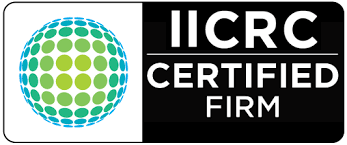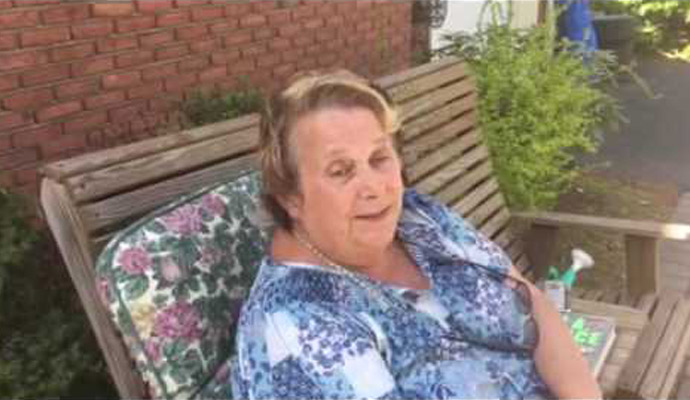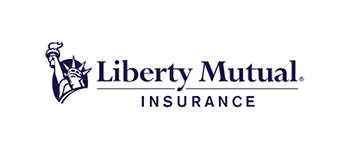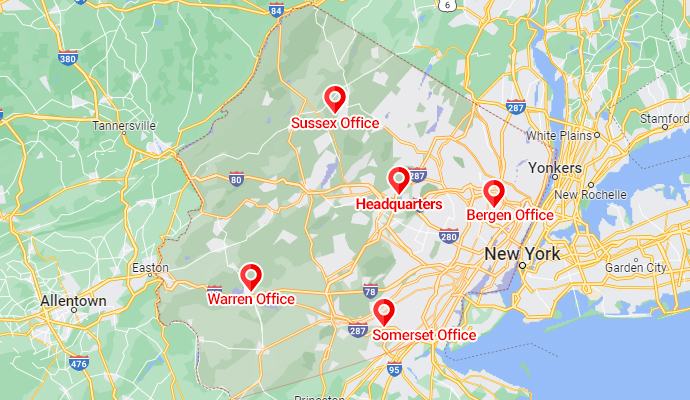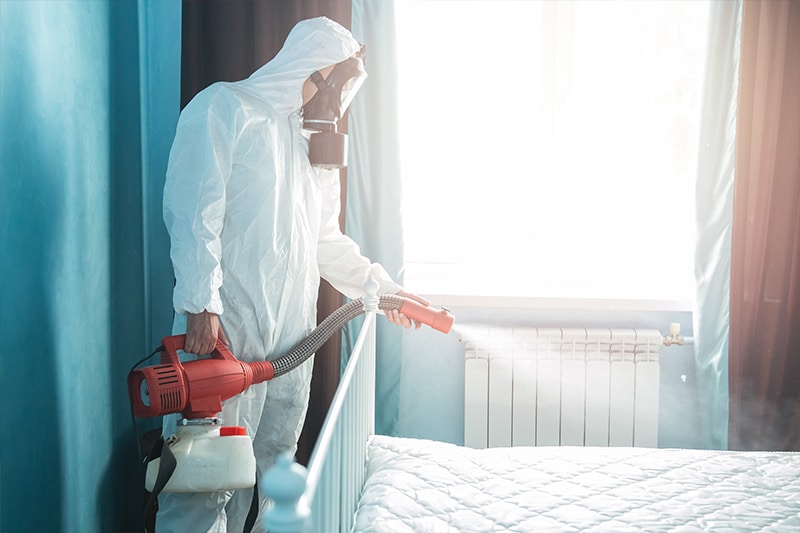
Unattended Death Cleanup: Managing Decomposition and Contamination Risks
When a person passes away alone and remains undiscovered for an extended period, the resulting scene poses significant health risks. Unattended death cleanup involves complex procedures to remove biohazards, neutralize harmful pathogens, and restore safety. Professional services are essential, especially in situations requiring thorough biohazard cleanup, trauma cleanup, blood cleanup, or suicide cleanup.
The Decomposition Process and Biohazard Risks
After death, the human body undergoes decomposition, which produces gases, fluids, and biological contaminants. In an unattended death, the delay in discovery allows:
-
Biohazard release: Fluids from decomposing tissue may soak into walls, subfloors, or furniture, often requiring extensive blood cleanup.
-
Airborne contamination: Bacteria and volatile compounds can circulate through HVAC systems, making crime scene cleanup and biohazard cleanup critical for full remediation.
-
Structural damage: Bodily fluids can degrade materials, making prompt trauma cleanup not only necessary for safety but also for property preservation.
For more on postmortem decomposition risks, see CDC’s Infection Control Guidelines and NIOSH resources on biological hazards.
Health Risks in Unattended Death Environments
Unattended death scenes often require suicide cleanup or crime scene cleanup specialists due to the biological dangers present, including:
-
Bloodborne pathogens: HIV, hepatitis B, and hepatitis C remain infectious in blood and fluids, making certified blood cleanup essential.
-
Toxic bacteria and viruses: Decomposition can lead to harmful bacterial colonies that endanger cleaners and future occupants.
-
Mold and fungal growth: The moisture left behind creates ideal conditions for respiratory hazards, another key focus in biohazard cleanup.
Why Professional Biohazard Cleanup Is Critical
Handling an unattended death scene is not safe for untrained individuals. Professional biohazard cleanup services ensure:
-
Certified decontamination: Technicians follow EPA and OSHA standards for trauma cleanup, using approved disinfectants and HEPA filtration.
-
Proper disposal: All waste is transported to licensed medical waste facilities—compliance detailed in the EPA’s Medical Waste Guidelines.
-
Odor control and restoration: Advanced deodorization techniques used during suicide cleanup or unattended death remediation prevent lingering odors and airborne risks.
The Unattended Death Cleanup Process
-
Assessment: Determines contamination spread, biohazard risks, and restoration scope.
-
Containment: Secures the area to prevent cross-contamination during crime scene cleanup.
-
Material removal: Blood-soaked carpets, walls, and belongings are safely discarded.
-
Disinfection: Industrial-grade disinfectants destroy all pathogens common in blood cleanup or suicide cleanup.
-
Deodorization: Ozone machines and hydroxyl generators neutralize persistent decomposition odors.
-
Restoration: Damaged flooring or drywall is repaired to return the area to pre-incident condition.
Conclusion
Unattended death cleanup requires expert attention to safely address decomposition and contamination risks. Whether the situation calls for trauma cleanup, blood cleanup, suicide cleanup, or broader biohazard cleanup, engaging certified professionals ensures that the site is properly sanitized and compliant with public health regulations. For more information on compliance standards, refer to OSHA's Bloodborne Pathogens Standard and IICRC’s S540 Standard for Trauma and Crime Scene Cleanup.




